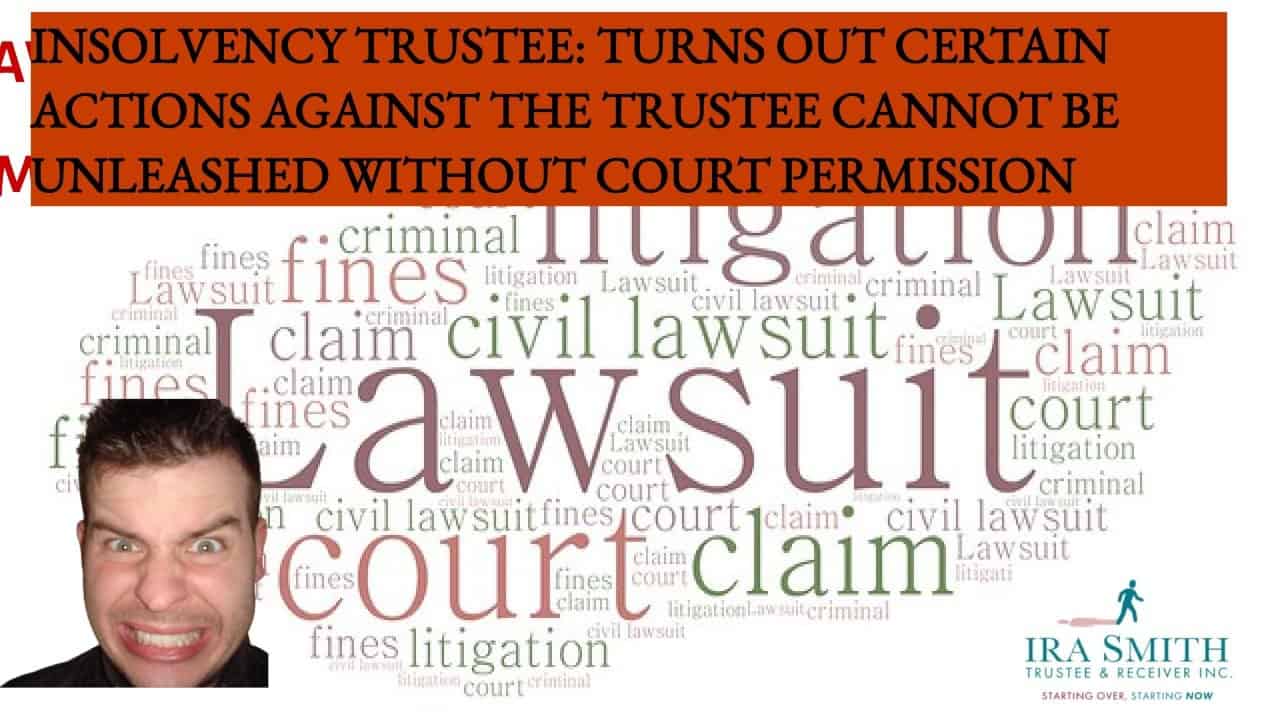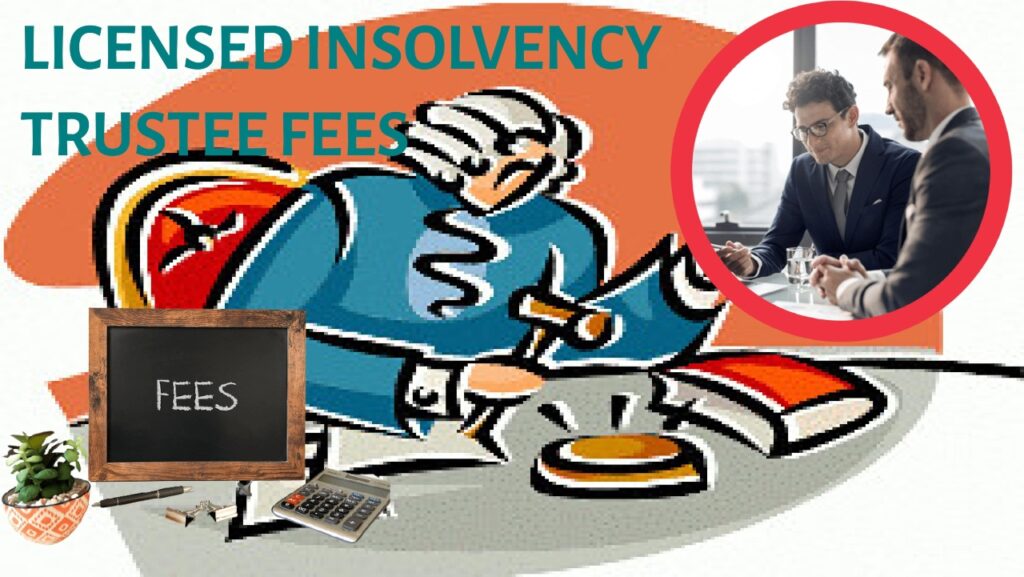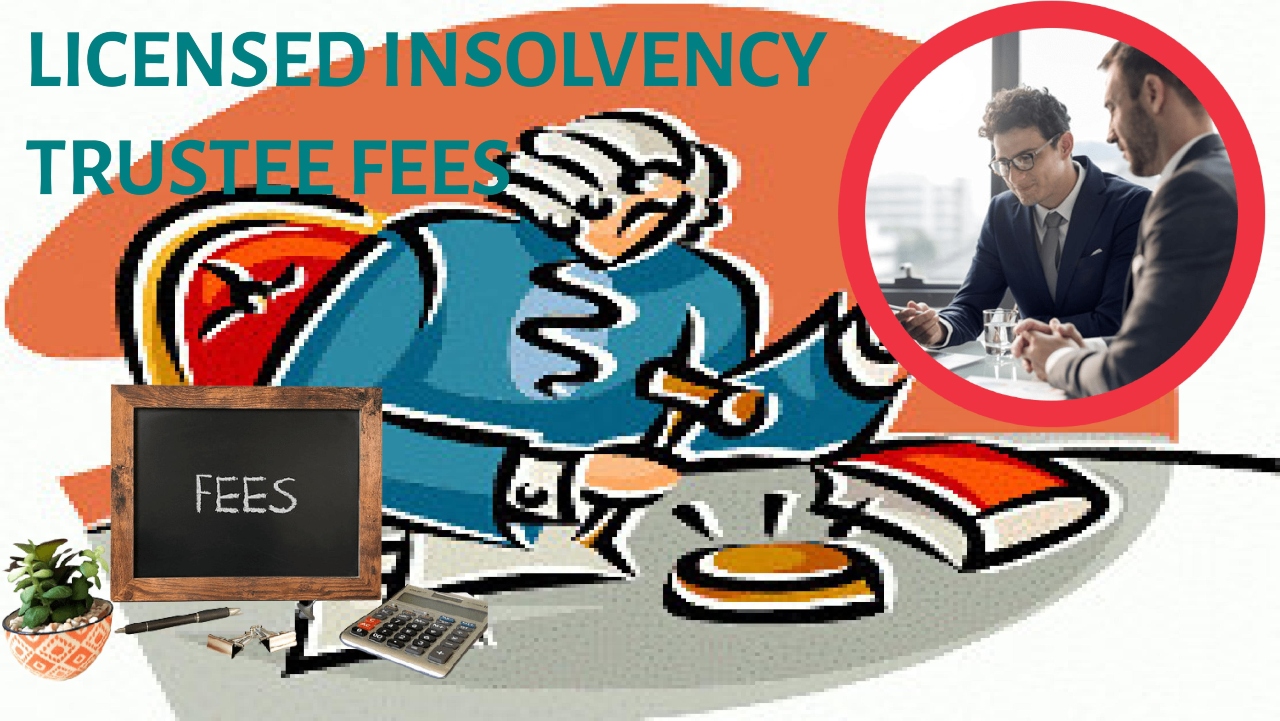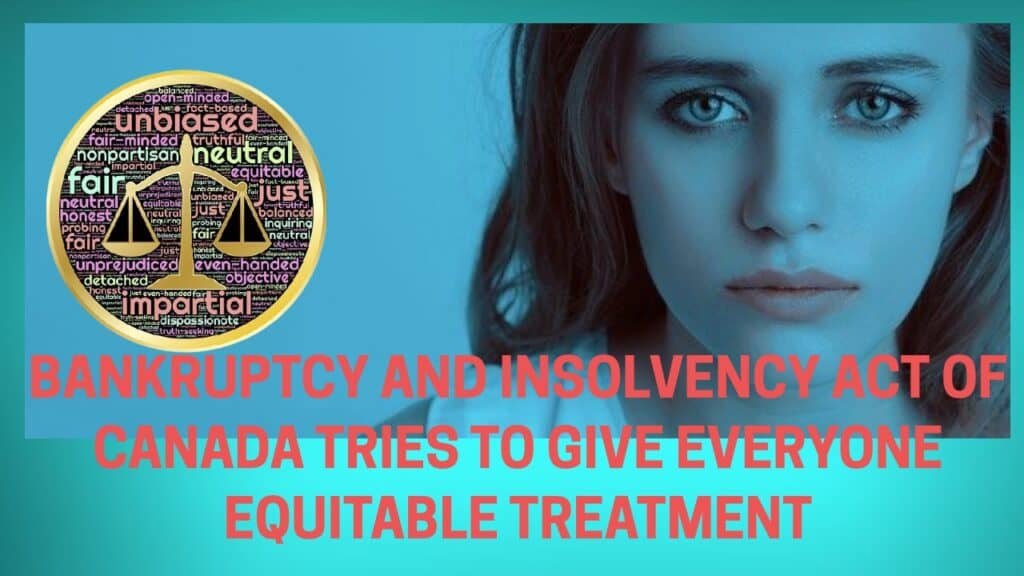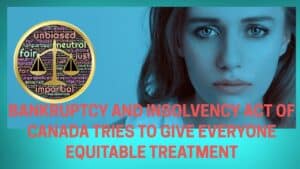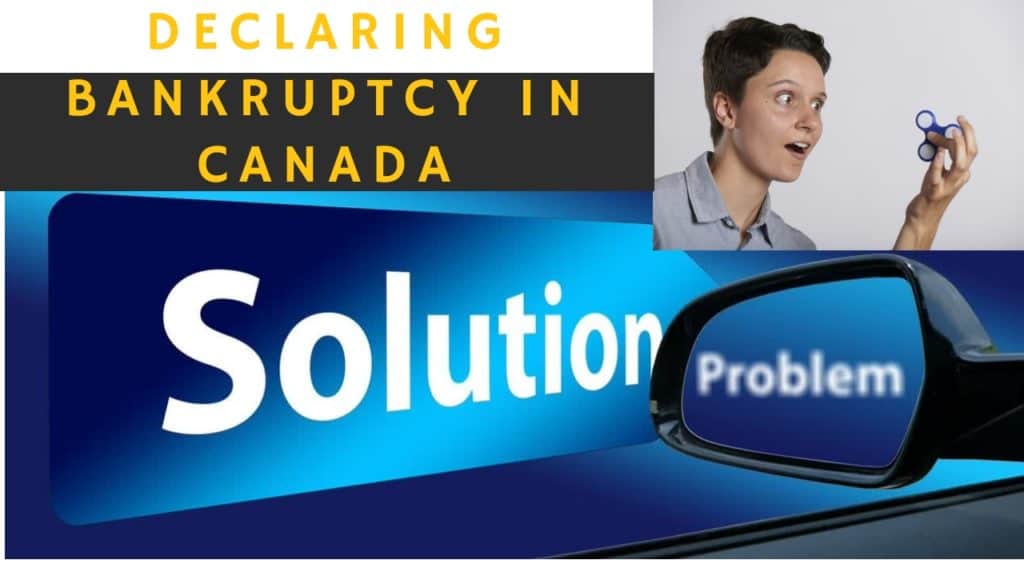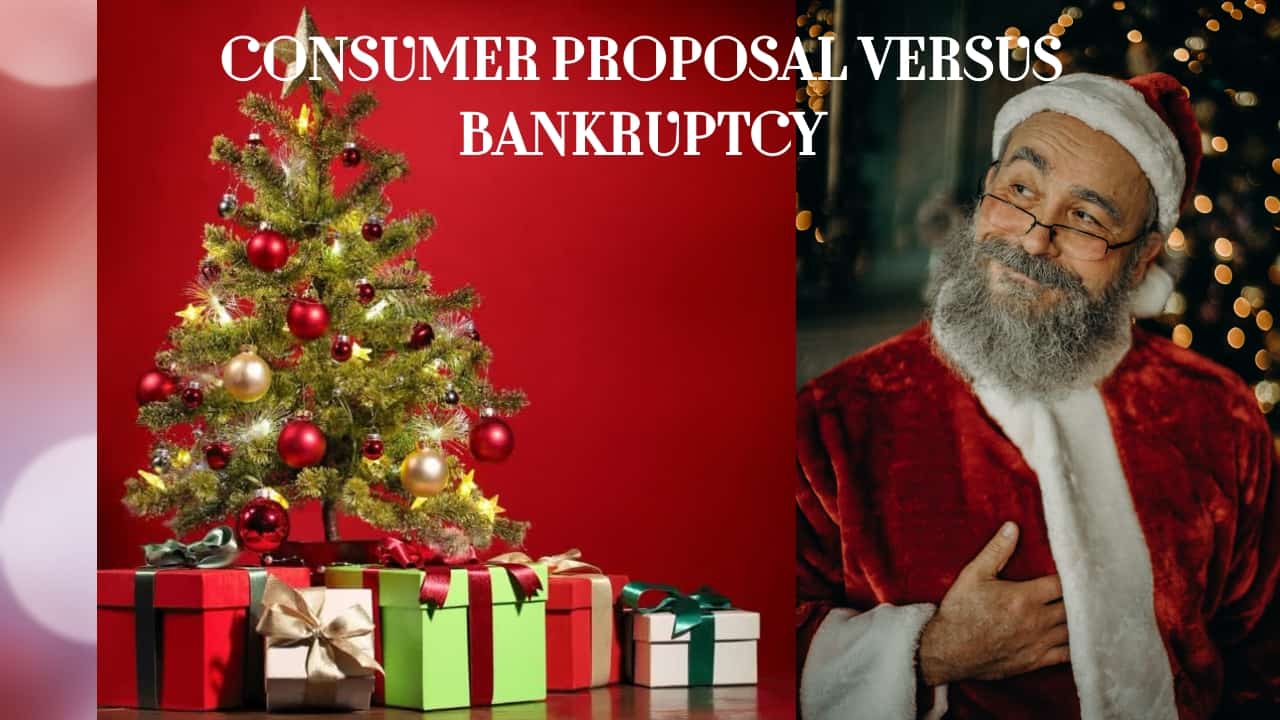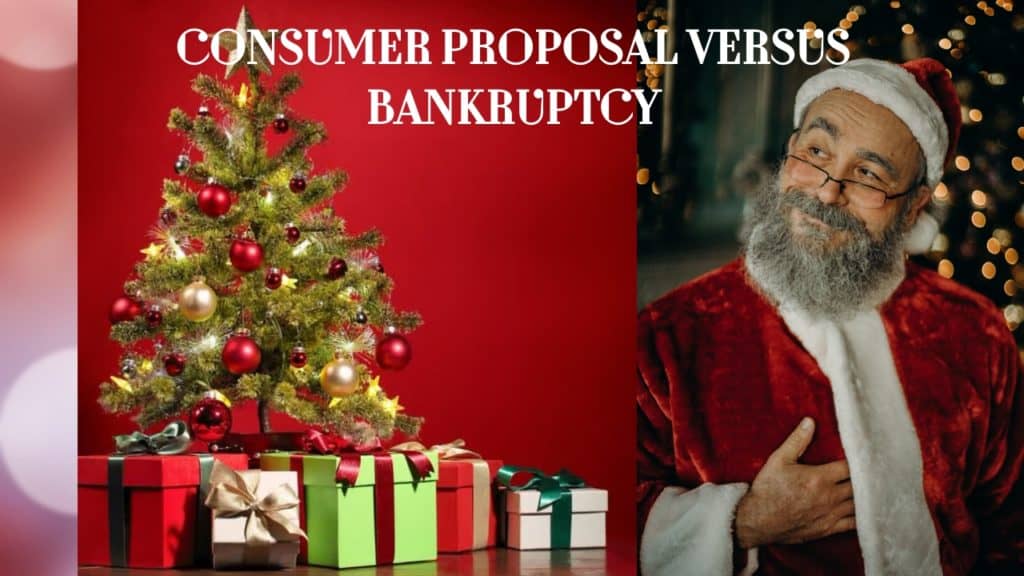What does an insolvency trustee do?
In simple terms, the only professional who can help you with a government-regulated insolvency proceeding that may allow you to be discharged from your debt is an insolvency trustee. This may be the best solution for individuals with significant financial difficulties.
An insolvency trustee is responsible for carrying out the administration of an insolvency file in accordance with the requirements of the Bankruptcy and Insolvency Act (Canada) (BIA). The insolvency trustee is responsible for ensuring that both creditors and the public interest are protected during the debt relief options of bankruptcy, consumer proposal, or Division I proposal process. This includes ensuring that assets are properly managed, sold and the cash distributed and that the bankruptcy or insolvency process is carried out in a fair and orderly manner.
A licensed insolvency trustee is federally regulated
The Office of the Superintendent of Bankruptcy (OSB) licenses and provides ongoing oversight for insolvency trustees, who must adhere to federal standards of practice, including the Code of Ethics for Trustees.
If you have a problem with a licensed insolvency trustee (formerly called a bankruptcy trustee) that you can’t solve, you can file a complaint with the OSB. Your complaint will be reviewed and assessed. You may even want to consider taking legal action against the insolvency trustee if your situation is extreme.
Section 215 of the BIA states:
“Except by leave of the court, no action lies against the Superintendent, an official receiver, an interim receiver or a trustee with respect to any report made under, or any action taken pursuant to, this Act.”
The BIA recognizes that a party may have a legitimate grievance against an insolvency trustee for something that was done or not done during a bankruptcy administration. The BIA tries to balance the need to protect legitimate claims against the Trustee with the need to prevent parties from using the threat of litigation to gain leverage.
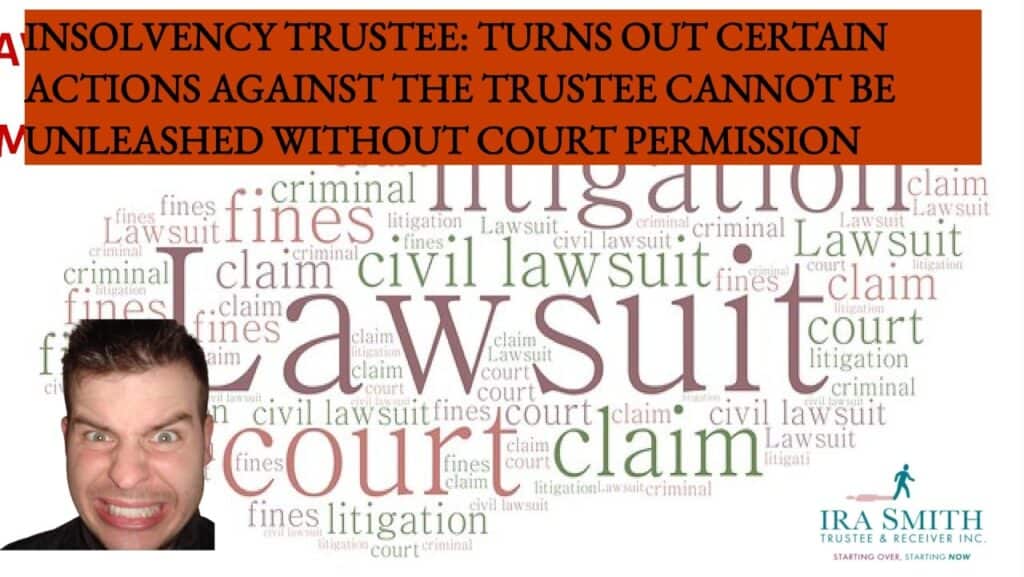
Who is a person of insolvency?
The above is an introduction to today’s insolvency trustee Brandon’s Blog. In June of last year, I wrote about this bankrupt person in the blog TRUSTEE IN BANKRUPTCY: CERTAIN ACTIONS AGAINST TRUSTEE CAN BE UNLEASHED WITHOUT FIRST REQUIRING COURT PERMISSION. That Brandon Blog dealt with a decision of the Ontario Superior Court of Justice.
The person of this insolvency was a serial bankrupt, filing bankruptcy four times in 12 years: 2004, 2006, 2011, and 2016. Each time he used the same insolvency trustee. He operated a sole proprietorship painting business. So technically, each time he went bankrupt, a new sole proprietorship began.
The plaintiff alleges that the licensed insolvency trustee (LIT) was negligent, committed fraud, breached their fiduciary duty, and was unjustly enriched, starting with the confidential consultation and throughout each personal bankruptcy administration. The bankrupt discovered during his 4th bankruptcy that his former spouse had misappropriated substantial sums from his business between 2003 and 2018. Ultimately, he determined that the amount of the misappropriations was approximately $206,000.
The bankrupt’s fourth bankruptcy was annulled by filing a consumer proposal with a different insolvency trustee that was accepted by his creditors. He and his current spouse then commenced an action not against the corporate licensed insolvency trustee of record who handled all four bankruptcies, but rather against the person, who is a licensed insolvency trustee, who carried out the individual bankruptcy processes.
The bankrupt person and his new spouse are seeking relief against the individual as though he were the Trustee of record. The central allegation is that he, as the “Licensed Insolvency Trustee” providing bankruptcy services for each of the bankruptcies, ought to have detected the misappropriations and, once told about them, he should have sued the former spouse. So they are blaming the Trustee for the bankrupt businesses with debt problems!
The plaintiff went to court to determine whether they needed the court’s permission to proceed with their case under section 215 of the BIA against the bankrupt person’s insolvency trustee. The plaintiff believed they did not need permission, but if they did, they should be granted it. The defendant Trustee argued that permission was needed and should not be granted. The judge ruled that the plaintiff does not need to get permission from the court to start this legal process.
Insolvency trustee appeals lower court decision
On July 13, 2022, the Court of Appeal for Ontario released its decision of the three appellate judge panel on the insolvency trustee‘s appeal of the lower court decision. The OSB obtained intervener status and was represented by legal counsel on the appeal. The OSB supported the insolvency trustee‘s position.
The motion judge, sitting in the bankruptcy court, determined that permission was not required under s. 215 to commence the legal action. However, she expressly did not determine whether, if permission were required, it should be granted. Therefore, she did not address whether the person’s status as an undischarged bankrupt would impact the decision.
The motion judge found that the litigation did not require permission under section 215 for two reasons:
- she believed that actions against trustees in their personal capacity do not require permission; and
- she found that actions that allege omissions do not require such permission.

Is the appeal as of right, and if not, should leave to appeal be granted?
The Court of Appeal for Ontario first had to decide if the licensed insolvency trustee has an automatic right to appeal the lower court decision and if not, should leave to appeal be granted?
The appellate court stated that it would be willing to grant leave to appeal because the proposed appeal, falls within the proper scope of section 215 of the BIA for 3 reasons:
- This case raises an important issue – the circumstances in which an insolvency trustee can be sued without leave of the court – that is of general importance to the practice in bankruptcy/insolvency matters.
- The case is prima facie meritorious.
- The appeal would not unduly hinder the progress of the person’s bankruptcy proceedings.
The Court of Appeal for Ontario, therefore, gave the Trustee the opportunity to appeal the lower court’s decision.
Insolvency trustees and bankrupts are obliged to work with the court
The lower court found that the action did not require leave under section 215 of the BIA. This is because the judge decided it was against the Trustee in a personal capacity. The Trustee was now appealing this decision. The Trustee argued that section 215 of the BIA applies when a director, officer, or employee of the corporate trustee is sued for the Trustee’s conduct, just as it would if the corporate trustee were sued. The appellate court agreed, relying on a decision from the Supreme Court of British Columbia.
The purpose of BIA section 215 is to ensure that the bankruptcy process is not obstructed by the Trustee being hindered by actual or threatened vexatious lawsuits in connection with the administration of the bankruptcy.
In Canada, most licensed insolvency trustees are corporations. The BIA imposes numerous duties on them. A corporate entity can only discharge its duties through its directors, officers and employees. If the scope of section 215 were limited to protecting only the corporate trustee, then Trustees would be unable to properly carry out their duties.
The Court of Appeal for Ontario in this cased determined that this type of distinction between the corporate trustee and its staff would contravene the clearly expressed will of Parliament as evidenced by the statutory language. To allow such would be to subvert the fundamental purpose of section 215.
The key question in determining whether s. 215 applies is whether the connection contemplated by the section is present. This question is answered by examining the relationship between the alleged wrongdoing complained of in the Action and the role of a trustee. The appellate court looked at the proposed action by the bankrupt person and his current spouse and saw that there was the required connection. Therefore the Court of Appeal for Ontario agreed with the position of the Trustee and the intervener in finding that section 215 does apply in this case.
The other reason the motion judge came to her conclusion was that the action also alleged omissions. The lower court judge determined that a claim for omissions is not covered by section 215. The appellants and the intervener argued that action may fall outside of section 215 only when the crux of the action is the failure to do something expressly and specifically required by the BIA.
The common law claims here arise from alleged failures to act, rather than from failures to do something specifically and expressly required by the BIA. The Court of Appeal believes that section 215 applies to this action, and the motion judge was incorrect in concluding otherwise.
The Court of Appeal for Ontario sent this case back down to the bankruptcy court to decide whether the former bankrupt and his current wife should be allowed to sue the Trustee.
What you need to know about LITs
Neither myself nor my firm has any kind of involvement in this issue. I have not read any of the pleadings in this action. I wish to be clear with you and let you know, based only on the information available to the public from the court decisions, what I would certainly have done in carrying out the personal bankruptcies if I was the Trustee.
If you’re experiencing financial difficulties and are considering insolvency, the first step is to consult with an insolvency trustee. During this consultation, the Trustee will collect information about your financial affairs and make recommendations about the best course of action for you.
The individual conducting the assessment must inquire about the debtor’s property and financial affairs. They shall prepare a statement of the debtor’s financial affairs, including their assets and liabilities, based on the information obtained from the debtor.
It is also necessary to get a clear and up-to-date monthly income and expenditure statement, which details all income (gross and net), all expenditures (including special needs, alimony, support or maintenance payments, and medical and prescription expenses). The debtor must also be prompted to provide information on all transfers under value they may have made concerning their assets.
There are a few options available to debtors who are struggling financially and looking to improve their financial situation. These debt relief programs include:
- non-legislative debt solutions such as debt consolidation or financial counselling sessions performed by credit counselling agencies (insolvency trustees must provide two mandatory credit counselling sessions with the debtor as part of either a proposal or bankruptcy);
- consumer proposals under Division II of the BIA;
- a proposal under Division I of the BIA for those that do not qualify for a consumer proposal; and
- as a last resort, bankruptcy.
What are the duties of an insolvency trustee?
Each debt management plan option has different rights and responsibilities for both the debtor and the creditors. It’s important for the debtor to understand all of the available debt management solutions. I would discuss each one with the debtor and help them choose the one that would be the best for their individual situation. In this particular case, I would want to drill down with the debtor to have him identify the causes of their insolvency. This inevitably would lead to a discussion with this debtor as to why his business seems to be losing so much money every year.
In order to fulfill my duties, I would want to drill down with the debtor to have him identify the causes of their insolvency. This inevitably would lead to a discussion with this debtor as to why his business seems to be losing so much money every year. If the debtor had been able to afford the monthly payments for a consumer proposal to annul his fourth bankruptcy using a different Trustee, could he have avoided filing for bankruptcy a fourth time altogether? I don’t have enough information to know the answer to that question.
I am required to review the bankrupt’s banking transactions for the 12 months prior to the date of bankruptcy as a Trustee. I am looking for any large or unusual transactions, especially large amounts of cash being paid to relatives or friends. This is important in bankruptcy proceedings because the Trustee has a duty to keep creditors updated on any legal proceedings, reviewable transactions, and preference payments. The Trustee needs to consider taking action against anyone to recover funds or, at the very least, opposing the bankrupt’s absolute discharge.
This review is only possible if the bankrupt has accurate records. In this case, if the bankrupt had the records and I reviewed them, I would have either found or not found any unusual transactions. If I did the review, it may have uncovered the alleged fraud.
The former bankrupt claims that the insolvency trustee should have sued the former wife for taking cash out of his business fraudulently. As a Trustee, I must first determine whether there are sufficient funds available to do so. If there are funds available, I must then carefully consider whether pursuing legal action is in the best interests of the estate.
This also assumes that the Trustee’s lawyer has given the opinion that this is a strong case to pursue. The Trustee must be very cautious because if the case is lost, the Trustee will be responsible for the other party’s legal costs awarded by the court. If the bankruptcy estate has insufficient funds, the Trustee will be held personally responsible. This is not a desirable outcome.
If I had found evidence of the alleged fraud and I either did not have sufficient funds to launch a legal action or I did not think it was a wise use of estate funds, there is one more thing I could do and would have done.
I would write to all known creditors and the bankrupt to advise that there is a potential asset in the form of litigation against the bankrupt’s former wife. However, the Trustee does not have sufficient assets to begin the litigation and as a result, I must refuse to pursue this asset. I would also explain section 38 of the BIA. This section allows creditors to obtain court approval to pursue legal action in their own name. If successful, they are able to keep their costs and the full amount of their claim from the recovery. This could be a great option for creditors who wish to fund the legal action.
If the facts that come out align with my explanation of the steps I would have taken, then my prediction is that the former bankrupt and his current wife will not be successful in persuading the court to allow them to continue their action against the Trustee. I will keep watch.
The insolvency trustee is here to help you with your problem debt
I understand that you’re struggling with debt and I’m here to help. I am an insolvency trustee and I want to help you find a way to shed your debt, eliminate your challenging debt issues, improve your financial future and get all that stress and worry out of your life, Starting Over Starting Now.
I hope you found this insolvency trustee Brandon’s Blog interesting. Among the many problems that can arise from having too much debt, you may also find yourself in a situation where bankruptcy seems like a realistic option.
If you are dealing with substantial debt challenges and are concerned that bankruptcy may be your only option, call me. I can provide you with debt help.
You are not to blame for your current situation. You have only been taught the old ways of dealing with financial issues, which are no longer effective.
We’re passionate about permanently solving your financial problems with you and getting you or your company out of debt. We offer innovative services and alternatives, and we’ll work with you to develop a personalized preparation for becoming debt-free which does not include bankruptcy. We are committed to helping everyone obtain the relief and financial wellbeing they need and are worthy of.
You are under a lot of pressure. We understand how uncomfortable you are. We will assess your entire situation and develop a new, custom approach that is tailored to you and your specific financial and emotional problems. We will take the burden off of your shoulders and clear away the dark cloud hanging over you. We will design a debt settlement strategy for you. We know that we can help you now.
We realize that people and businesses in financial difficulty need practical advice and a workable solution in an easy-to-understand financial plan. The Ira Smith Team knows that not everyone has to file for bankruptcy in Canada. Most of our clients never do, as we are familiar with alternatives to bankruptcy. We assist many people in finding the relief they need.
Call or email us. We can tailor a new debt restructuring procedure specifically for you, based on your unique economic situation and needs. If any of this sounds familiar to you and you’re serious about finding a solution, let us know.

